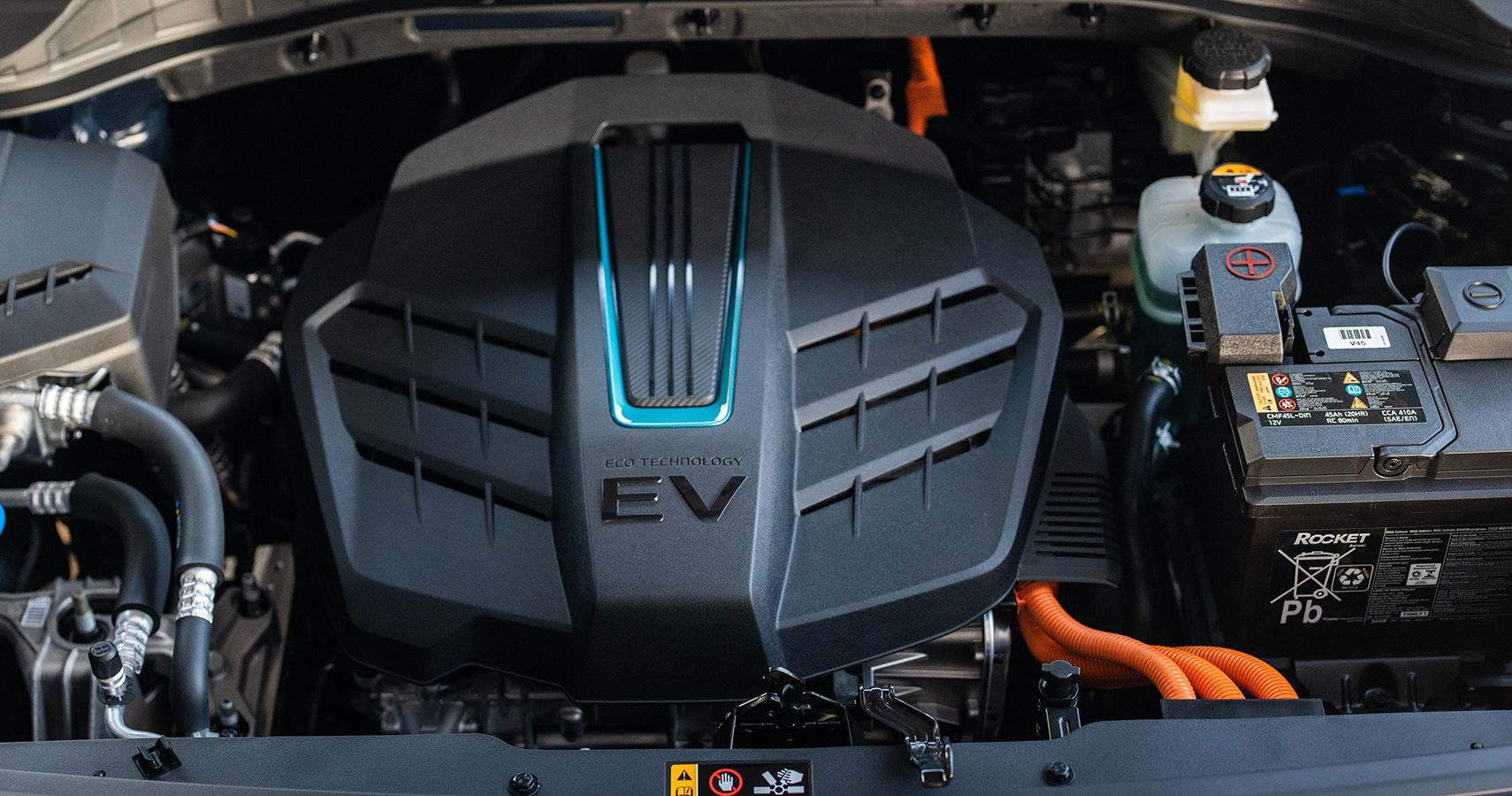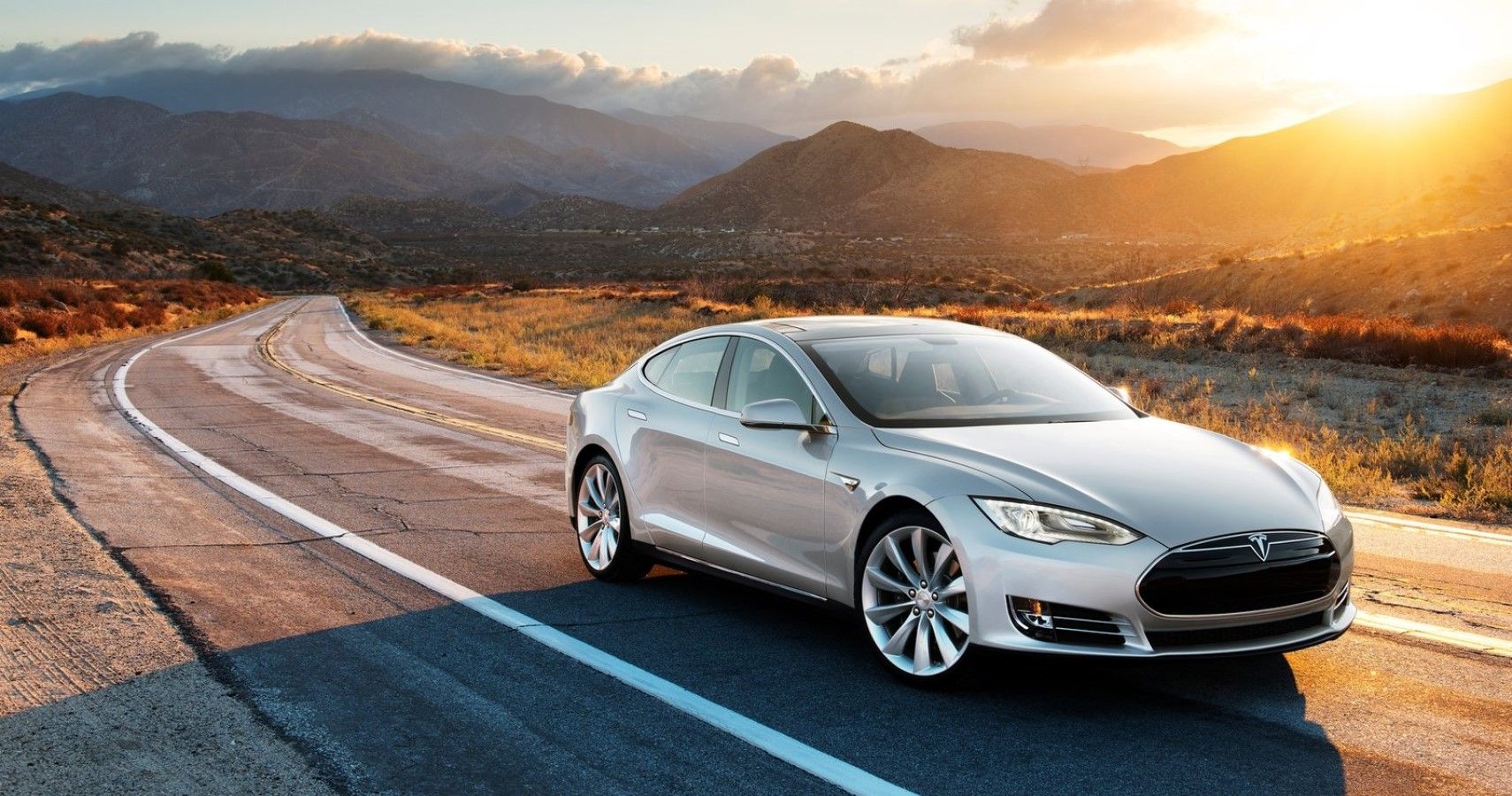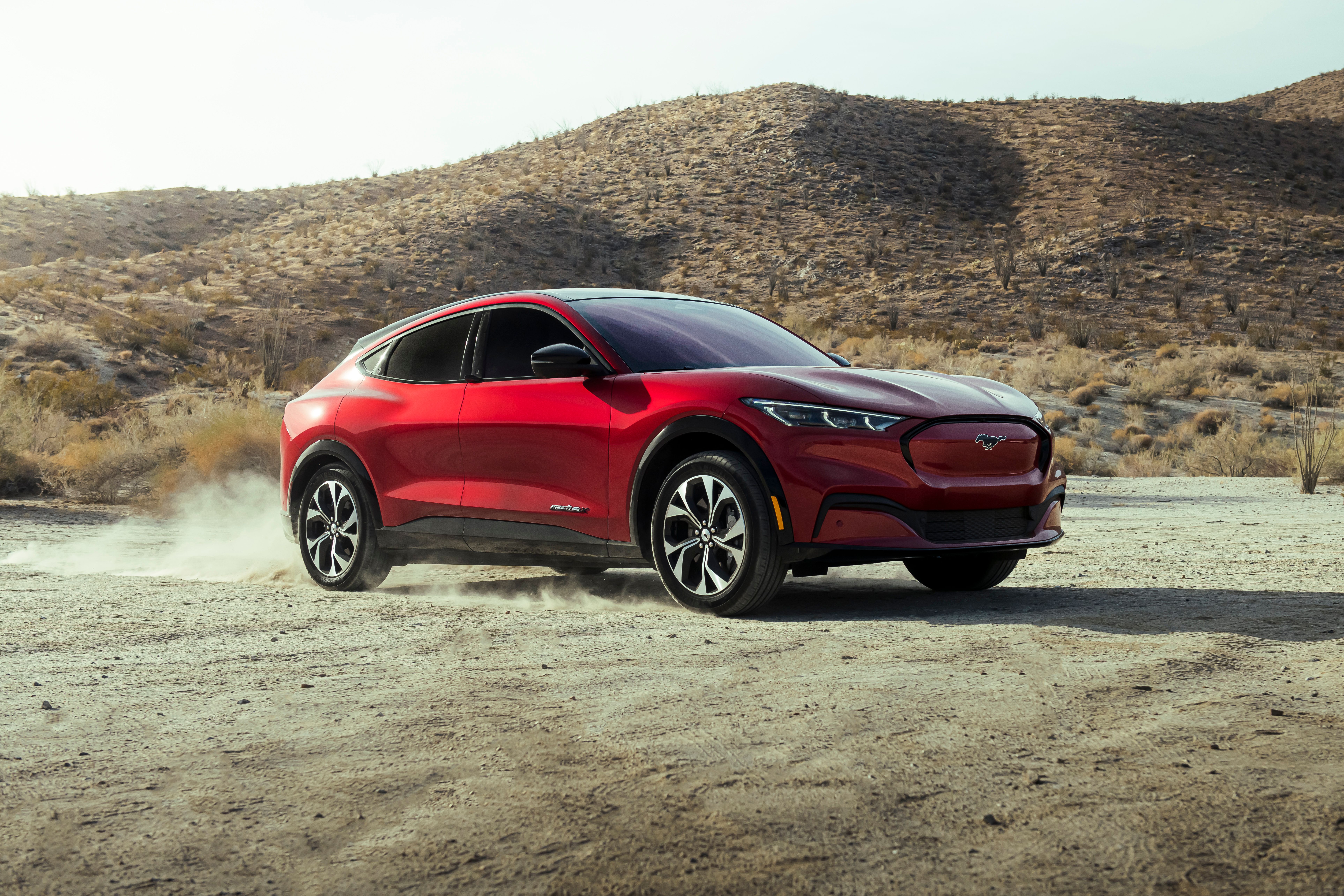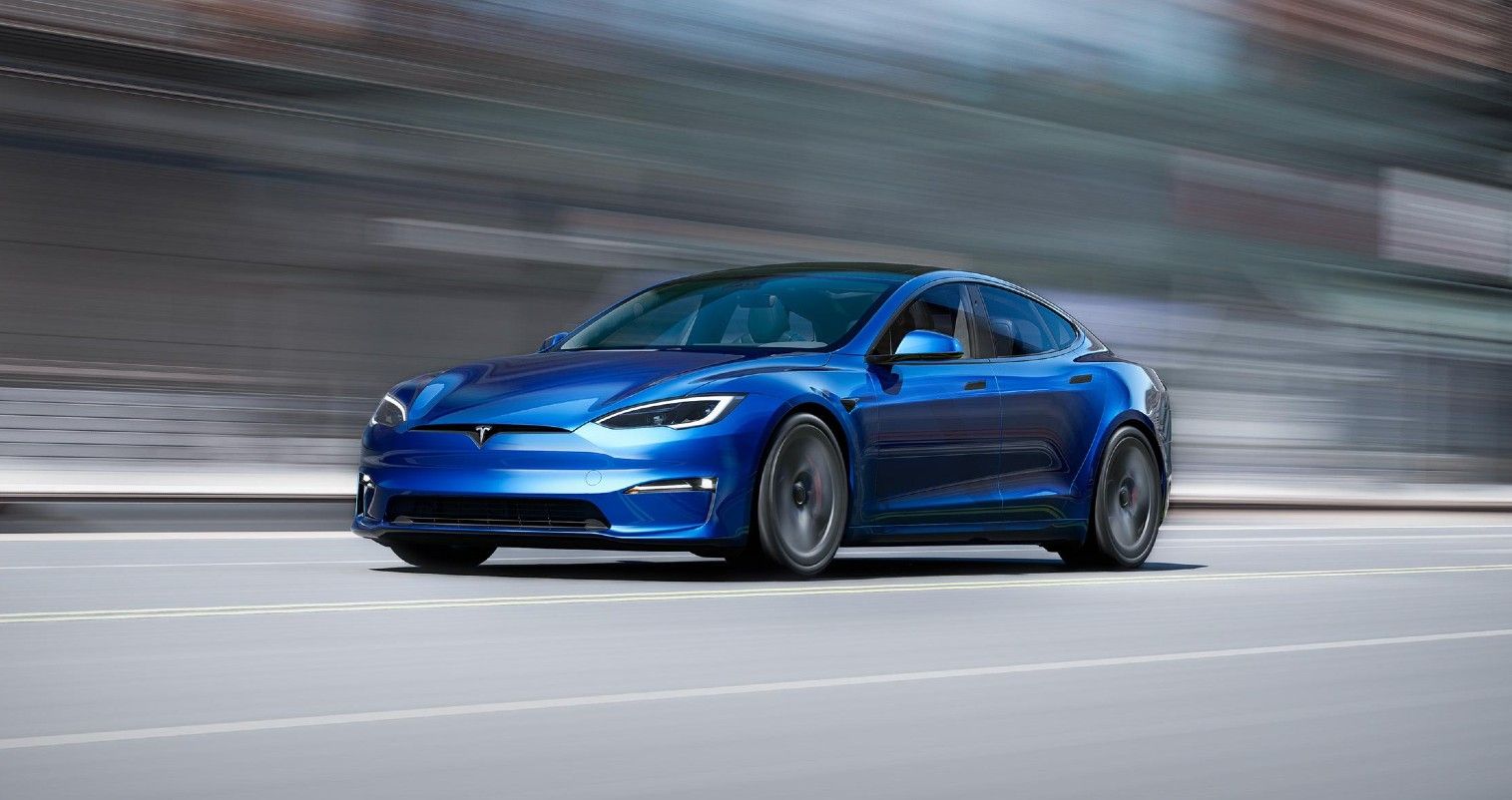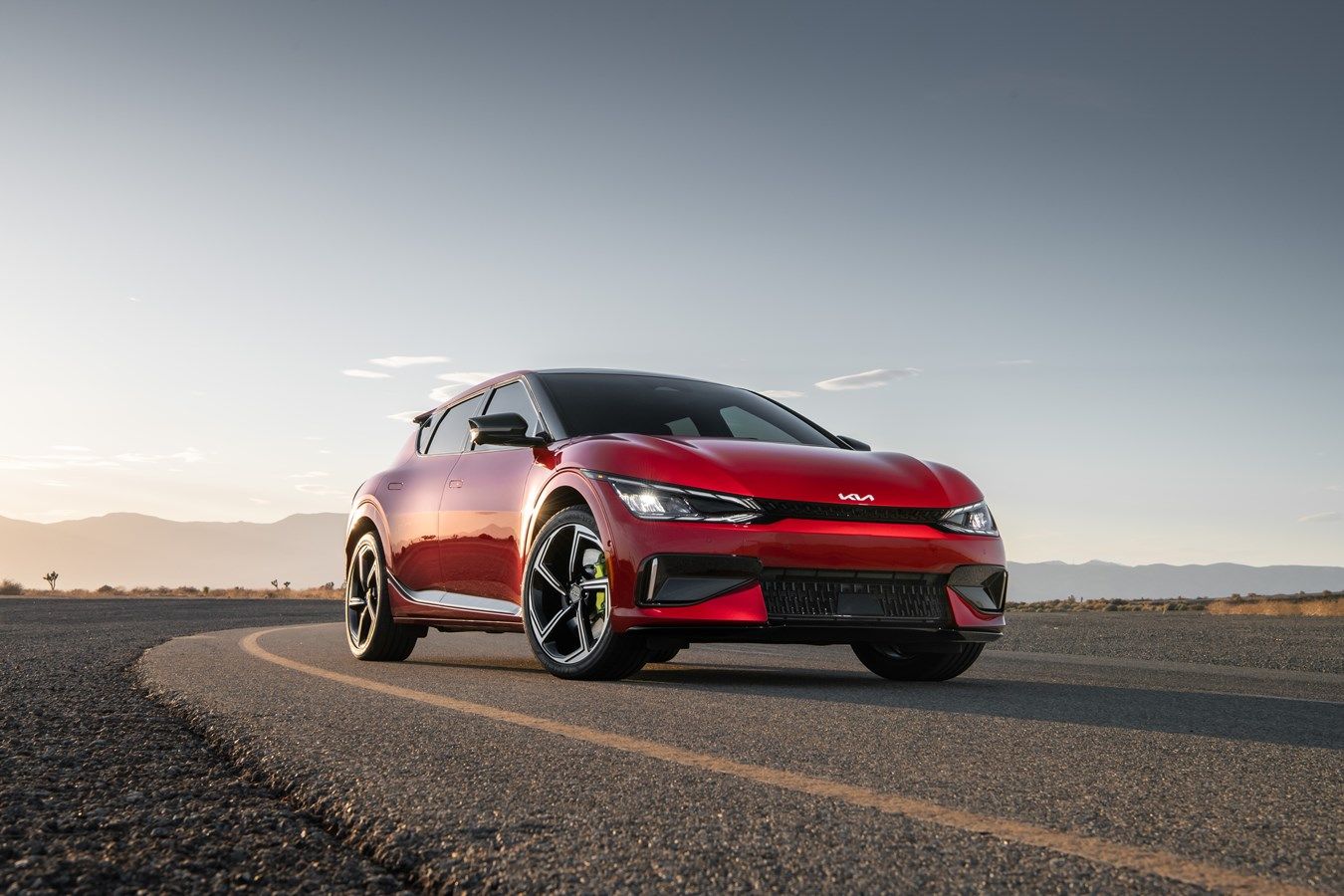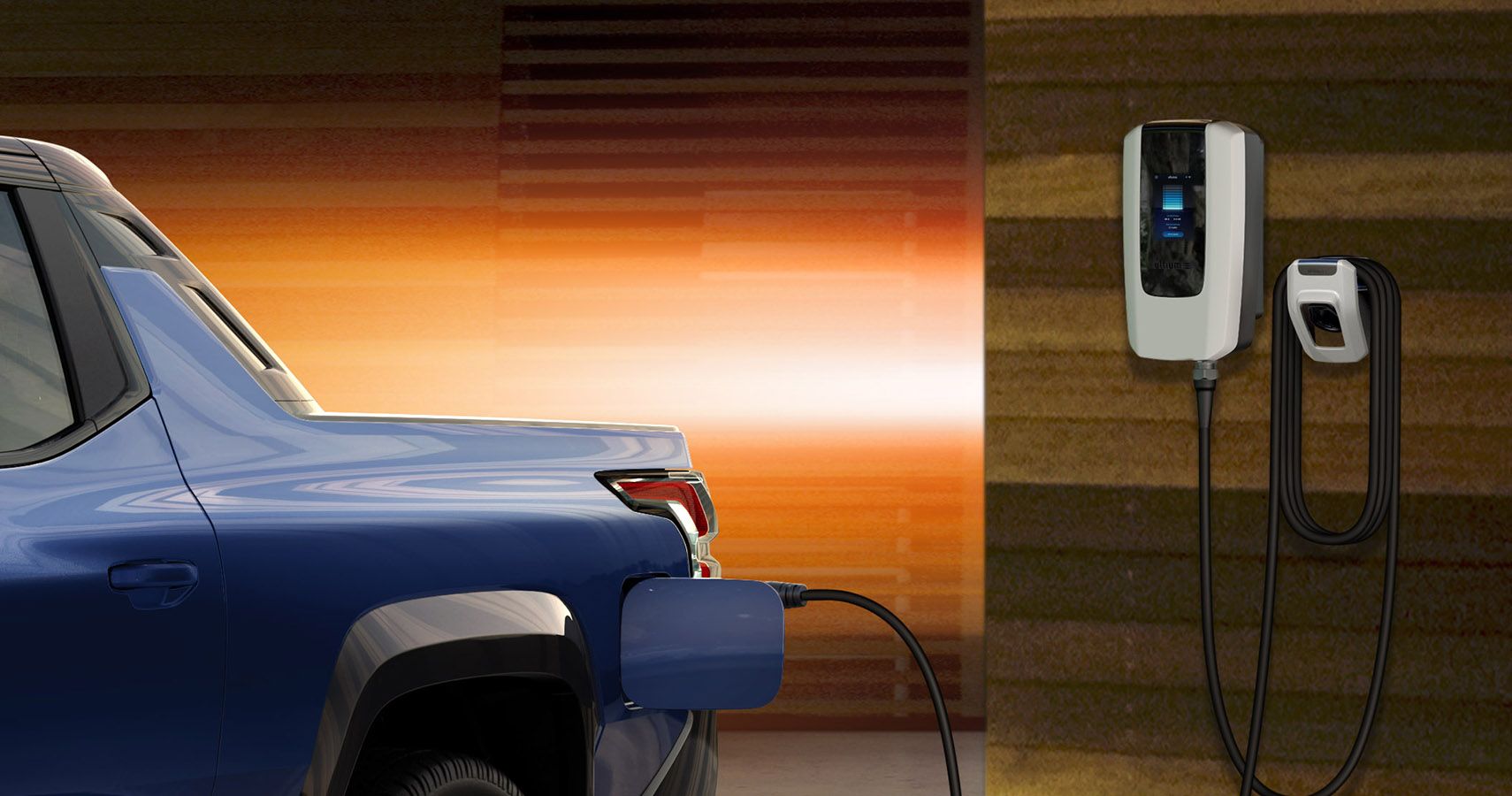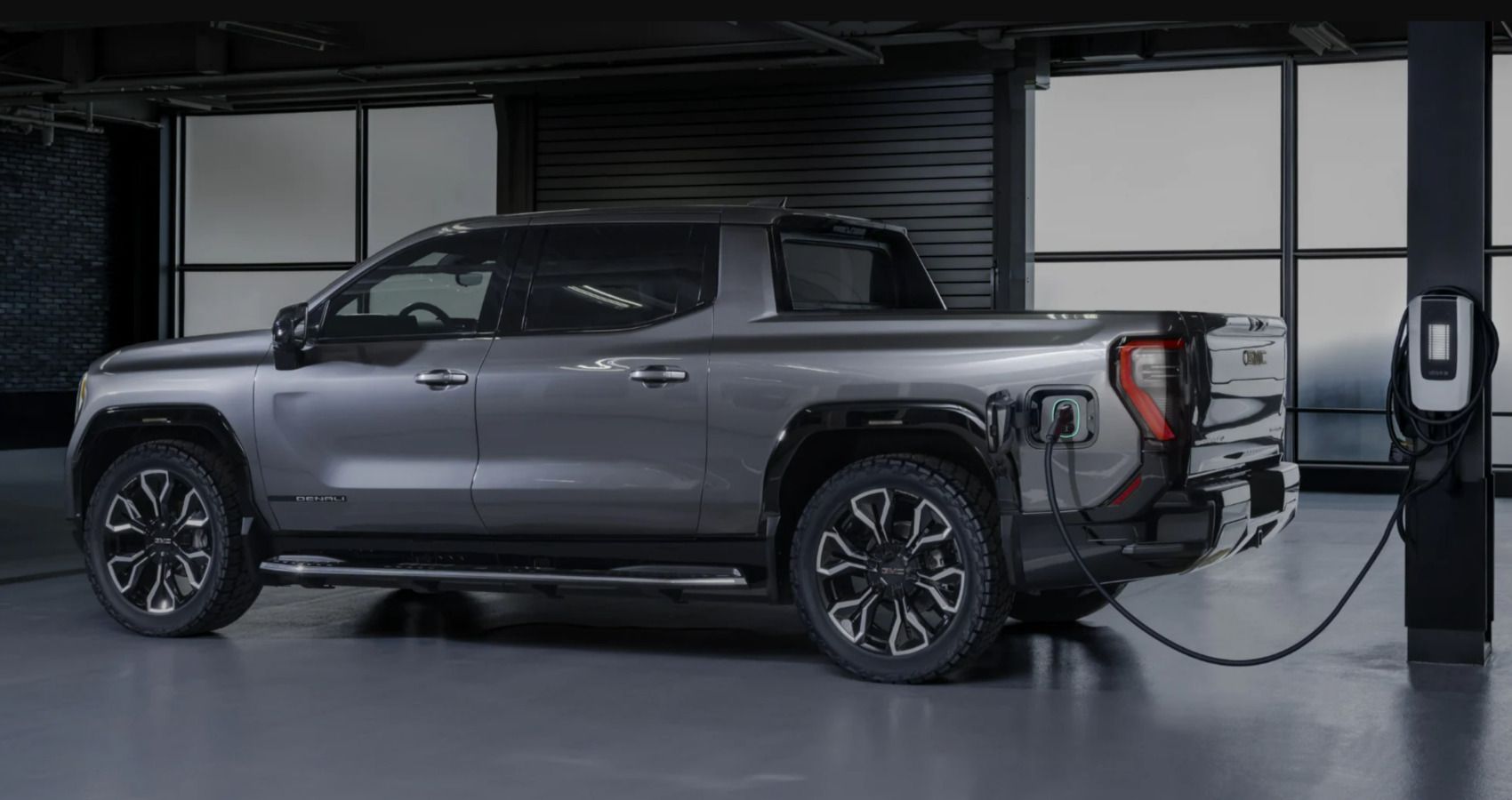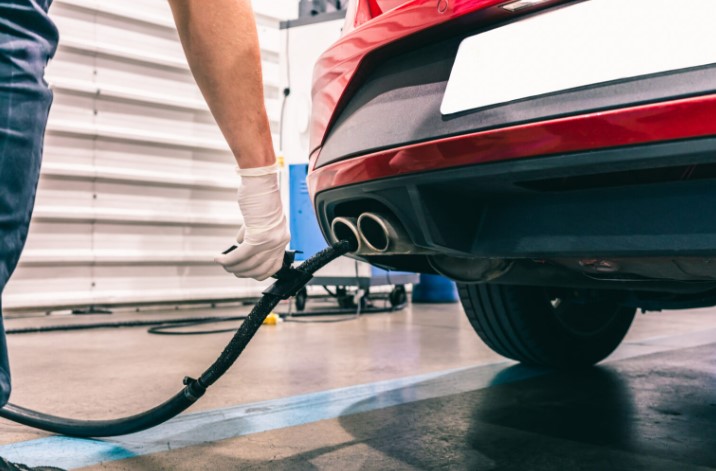10 Little-Known Facts About Driving Electric Cars In The Summer
The electric car market seems to be expanding unabated. In 2022, the sale of EVs in the U.S. grew by 65 percent. And according to the most recent data from Motor Intelligence, fully electric car sales in the United States hit over 800,000, accounting for about 6 percent of the market. There is currently no indication that the sector’s phenomenal expansion will soon slow down. Furthermore, Tesla isn’t the only electric vehicle manufacturer poised for enormous success in 2023.
Given the market’s expansion and the well-known public interest in electric vehicles and hybrid cars, experts emphasized that there are some issues that consumers need to consider about EVs. For instance, there are some little-known facts about driving electric cars in the summer.
10 Extreme Heat Affects The Battery Performance On An Electric Vehicle
“Lithium-ion batteries like the same sort of temperatures that we do, around 70 degrees,” Greg Brannon, AAA’s director of automotive engineering, told CNBC.
In essence, just as we tire ourselves while jogging outside in sweltering heat, EVs likewise consume more power when you drive in similar conditions with your air conditioning or ventilation on.
9 High Temperatures Can Damage The Battery During Charging
“Temperature affects the rate and efficiency of chemical reactions inside a battery,” says Recurrent. “Higher temperature means there is more total energy in a system, so it leads to faster reactions across the board. This means that all reactions happen faster in high heat – both the ones that produce energy, and the unwanted chemical reactions that make batteries degrade.”
High temperatures degrade the battery’s state of health, according to a Geotab study. Evidently, if you’re charging your electric vehicle outside in the heat, the battery performance will deteriorate faster.
8 Driving Range Decreases Significantly When The Temperature Is In Excess Of 95 Degrees Fahrenheit
According to AAA’s electric vehicle range testing, when the temperature rises to 95 degrees Fahrenheit and the driver keeps the air conditioning on, the driving range falls by 17 percent on average. However, some electric vehicles are performing better than others, or at least that’s what a Tesla spokesperson argues.
“Based on real-world data from our fleet, which includes millions of long trips taken by real Model S customers, we know with certainty that, even when using heating and air conditioning, the average Model S customer doesn’t experience anywhere near that decrease in range at 20 degrees Fahrenheit, and the decrease in range at 95 degrees Fahrenheit is roughly 1 percent,” the Tesla spokesperson told The Verge.
7 Ford Mustang Mach-E Is A Good Electric Driver In The Summer
According to Consumer Reports’ seasonal testing, the Ford Mustang Mach-E extended range has a drawing range of 275 miles in mid-80-degree weather. The tests highlighted that in the warm weather, the Ford Mustang Mach-E extended range had one more mile of driving range than the Tesla Model Y, which came in second with 274 miles.
6 In Terms Of Driving Range, High Temperatures Are Better Than Low Temperatures
According to Consumer Reports seasonal testing, EVs can deal far better with high temperatures than freezing low temperatures.
“We found that cold weather saps about 25 percent of range when cruising at 70 mph compared with the same conditions in mild weather,” says Consumer Reports. “We had an expectation that mild weather in the low 60s would provide the greatest range, but actually, the warm 80° F temps provided the longest range of the three tested conditions.”
5 70 Degrees Fahrenheit Is The Best Operating Temperature For Electric Cars
By now, most EV drivers know that freezing cold weather reduces the driving range of their electric vehicles. However, not everyone knows that 70 degrees Fahrenheit (21.1 C) is the ideal operating temperature for these cars.
4 Drivers Should Store Electric Cars In A Shady Location With Normal Temperature
It should go without saying that when it’s too hot outside, drivers should park their electric vehicles in a shaded or ventilated garage. Find a location where you can store the electric car that is not overheated. Keeping the EV in the summer sun would put the battery under additional strain, reducing the driving charge and shortening the life span.
3 Avoid Accelerating And Stopping Suddenly
EV drivers should try to avoid bursts of accelerations and sudden stops, similar to when operating gas-powered vehicles. A bit of restraint and discipline while driving in summer will keep your battery in top condition.
2 Charge Your EV During The Night And Leave Your Vehicle Plugged-In
Use a Level 2 home charger overnight to recharge your EV instead of using a Supercharger during the sweltering summer days. Let’s not forget that there is an increased risk for the battery to overheat when you charge during the sweltering summer months. Furthermore, keep your vehicle plugged-in overnight to take advantage of the thermal management system, which controls battery temperature.
1 Don’t Charge Your Battery Too Fast Overnight
One of the most common complaints about owning an EV is the charging time. Naturally, EV owners would prefer to charge their vehicles more quickly, but doing so in the summer is a big no-no. When you charge your battery too quickly and at a high capacity, it would get too hot, which would cause the battery management system to drain it again, according to Steer Ev. The electric vehicle subscription website points out that the ideal level of charge for an EV is roughly 80 percent because at 100 percent, it might get too hot. It also emphasizes that charging speed is crucial.
“Charging speed is another factor that you need to consider. If you are doing 50 miles tomorrow, a Level 1 trickle charge overnight will usually give you enough juice for the day. If that’s from 60{64d42ef84185fe650eef13e078a399812999bbd8b8ee84343ab535e62a252847} capacity, you can deal with a family emergency or severe traffic with the rest of the battery capacity you’re not using,” says Steer Ev.
Sources: Consumer Reports, The Verge, AAA, CNBC, Steer.Ev, Geotab, Inside EVs, the Wall Street Journal, and Recurrent

